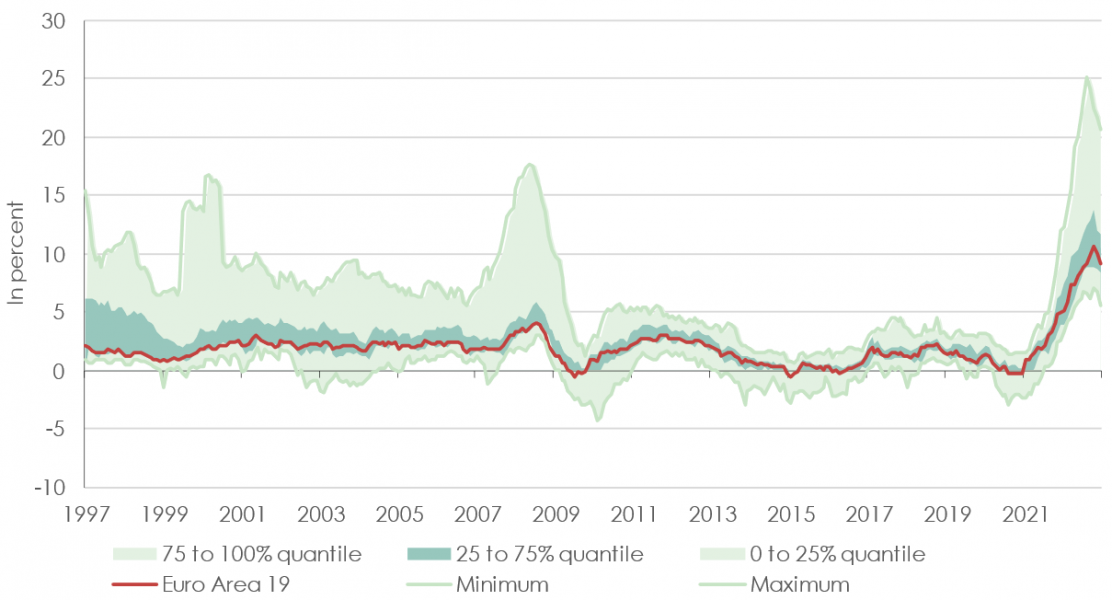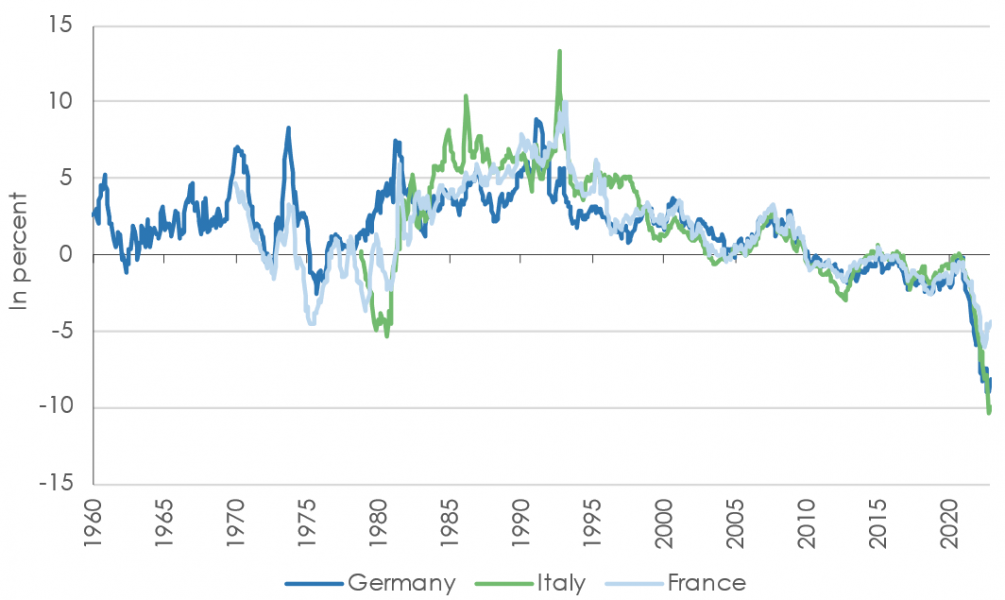References
Benigno, P. (2004). Optimal monetary policy in a currency area. Journal of International Economics, 63(2), pp. 293–320. doi:10.1016/S0022-1996(03)00055-2.
Brunnermeier, M. K. (2010). Macroprudential regulation: optimizing the currency area. In ECB (Ed.) The Great Financial Crisis – Lessons for Stability and Monetary Policy, Colloquium held in honour of Lucas Papademos, pp. 29-35.
Cecchetti, S. C. (2000). Making Monetary Policy: Objectives and Rules. Oxford Review of Economic Policy, 16(4), pp. 43-59. https://doi.org/10.1093/oxrep/16.4.43.
Holston, K., Laubach, T. and J. C. Williams (2017). Measuring the Natural Rate of Interest: International Trends and Determinants. Journal of International Economics, 108, Supplement 1, pp. S39–S75.
https://doi.org/10.1016/j.jinteco.2017.01.004.





